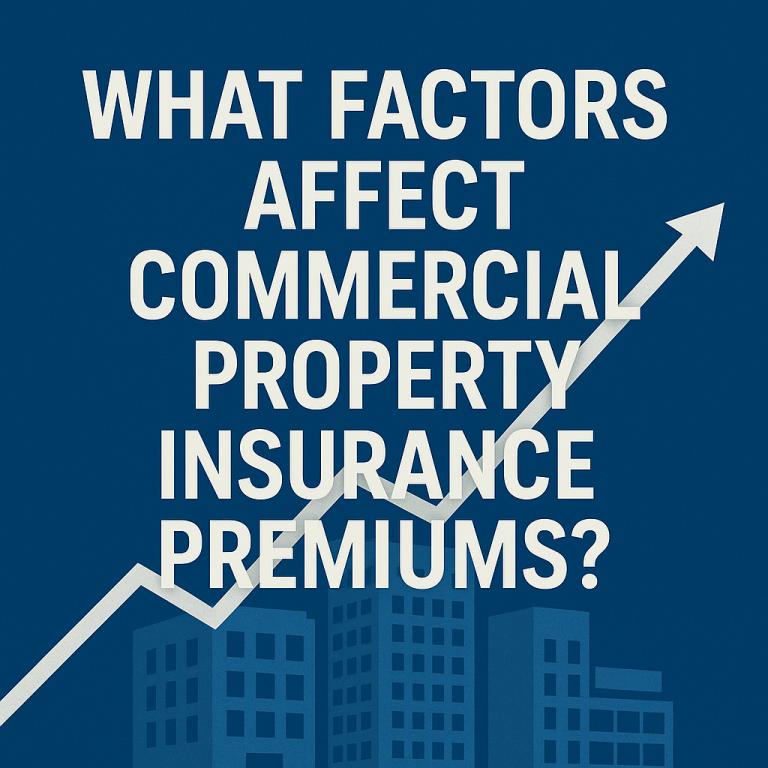
If you manage commercial real estate in Canada, you’ve probably noticed your insurance premiums rising in recent years. But why does one landlord pay less per square foot than another? And what can you actually control?
Insurance pricing isn’t random. Underwriters look at a range of factors—some obvious, some hidden in lease language or tenant mix. Here’s a breakdown in plain terms.
—
1. Property Size and Value
Think of insurance as “coverage per dollar of asset.” The higher the total insured value of your portfolio, the more the baseline premium.
A $500M portfolio will always attract more premium than a $50M one.
But two $500M portfolios may be priced very differently depending on everything else below.
—
2. Location, Location, Location
Where your buildings sit matters:
Flood zones (Toronto waterfront, Fraser Valley).
Wildfire exposure (BC interior, Northern Alberta).
Earthquake risk (Vancouver, Ottawa).
Even access to fire hydrants and local fire response times are priced in.
—
3. Building Age and Systems
Older properties often mean older wiring, plumbing, and roofs—all red flags.
A 1970s industrial park with no recent upgrades may cost more to insure than a brand-new warehouse.
Regular capital improvements (sprinklers, roof replacements) can reduce premiums over time.
—
4. Tenant Mix and Lease Language
Tenants matter just as much as buildings.
Low risk: Office tenants or logistics operators.
High risk: Manufacturing with hot work, chemical storage, or cannabis cultivation.
And here’s a subtle one: the lease itself.
If leases say the landlord insures the building and tenants are “off the hook,” insurers know recovery is harder—and price accordingly.
If tenants must maintain proper insurance (and landlords verify it), underwriters view the portfolio as safer.
—
5. Claims History
Insurance is based on experience.
A portfolio with three fire losses in five years will pay more than a claim-free one.
Even if it “wasn’t your fault,” insurers look at the total payout. Poor recovery (e.g., waivers of subrogation) increases long-term pricing.
—
6. Risk Management Practices
The “intangibles” can tip pricing significantly:
Sprinklers, alarms, and monitoring systems.
Preventive maintenance records.
Strong contractor controls (permits for hot work, vetted vendors).
Tenant insurance compliance systems (like our InsuraSync platform).
Underwriters reward portfolios with visible, auditable controls.
—
7. Market Conditions
Finally, some things you can’t control:
Global reinsurance costs (when reinsurers raise rates, it flows down to you).
Catastrophe years (wildfires, floods, hurricanes).
General market “hardening” cycles.
This is why premiums sometimes rise even when you’ve had no claims.
—
Key Takeaway
Premiums reflect both the hard data (size, value, location) and the softer risk factors (tenant compliance, lease structure, management practices).
You can’t move your buildings out of a floodplain, but you can:
Modernize building systems.
Strengthen leases and enforce tenant insurance compliance.
Document risk controls to show underwriters.
Over time, these steps help stabilize premiums—and can make the difference between a sharp increase and a manageable one.
—
 Want to learn more about how tenant insurance compliance directly impacts portfolio premiums? Contact us at CertiSync.
Want to learn more about how tenant insurance compliance directly impacts portfolio premiums? Contact us at CertiSync.
